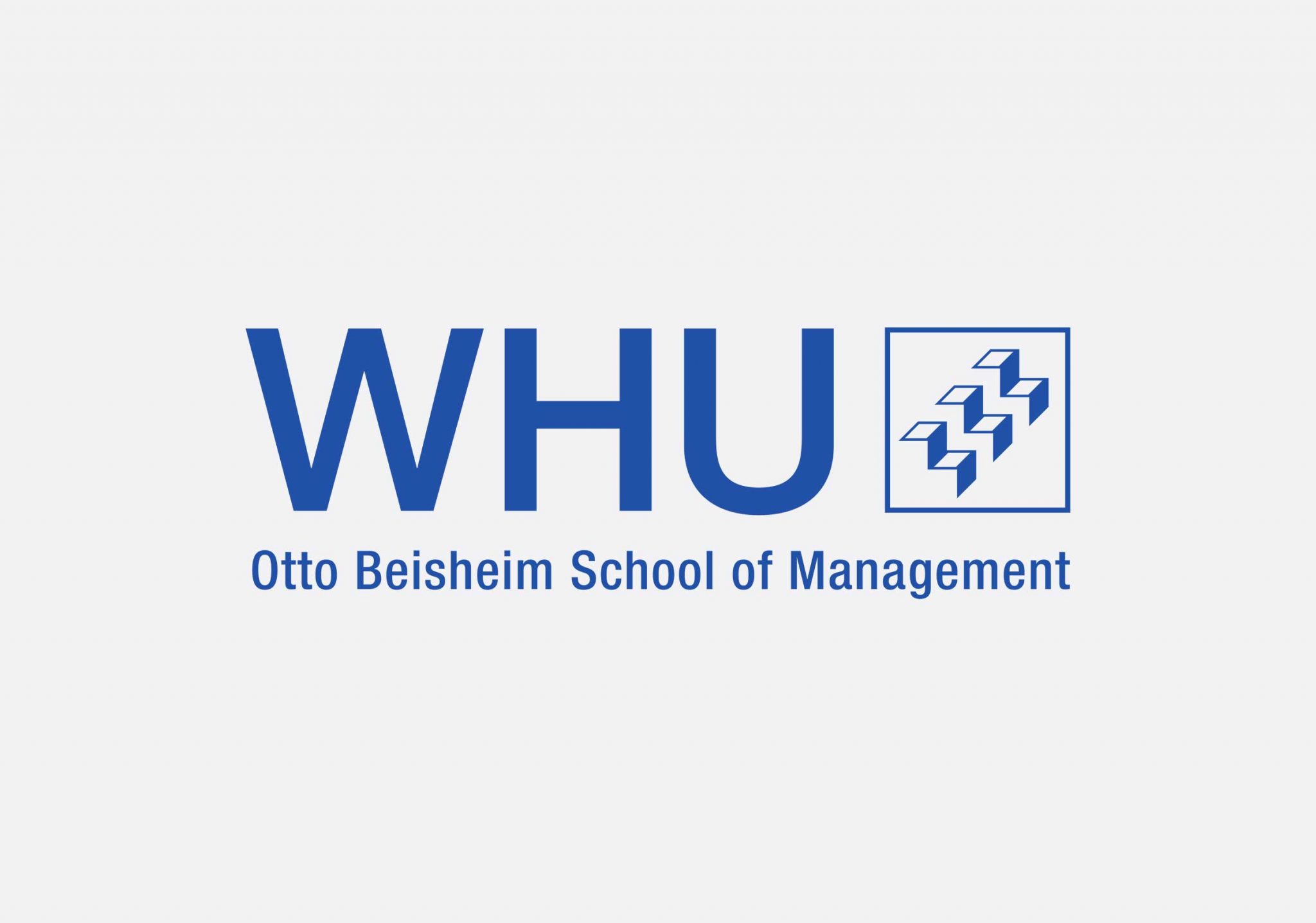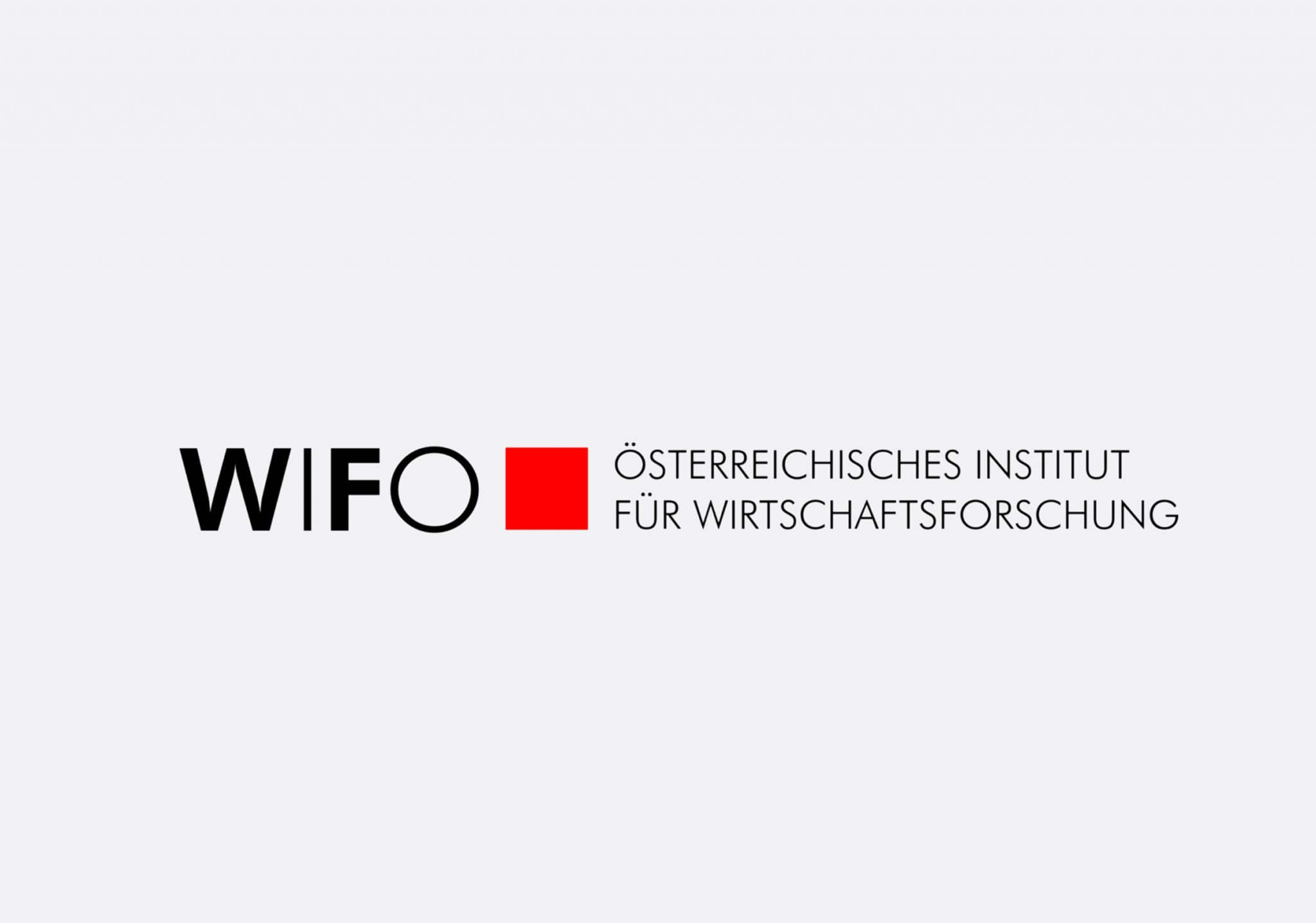There is so much more to trends than just a popular style or collective behaviour embraced by mainstream culture. As a designer for over 20 years it’s impossible to ignore the accelerated rate of technology and its impact on design, and in particular what new possibilities can be unlocked and implemented.
Design trends can look back at the past with nostalgia, creating connections to the styles and trends of the time. They can also find creative ways to bring them into the future. New technologies such as Web3 can accompany the emergence of trends, or novel techniques can be used to make users‘ experiences interactive and exciting.
The standout theme for 2023 is the shift toward more immersive experiences. This is where designers can engage modern audiences by using storytelling and a return to more tactile and real world experiences. For example; grabbing a 3D object with the cursor and watching it transform from one object into another. The advancement of web-building technology is driving this shift and making it possible to bridge the gap between our world and its digital facsimile.

1. Inclusive design
This philosophy aims to make users feel included regardless of their age, gender, race, ethnicity, sexuality, language, culture, religion, country, or background.
The most popular method is to use inclusive images, illustrations, and icons. As an alternative, you can opt for images featuring people of all ages, religions, and cultures, or even abstract illustrations that are bias-free and cater to all users.
A helpful tool that helps make use of this trend is the Inclusive Illustration library humaaans.com
2. Scrolling behaviour
In addition to revealing more of the page, scrolling also encourages visitors to keep scrolling and see what’s next on the page. As a result, vertical scrolling fails to accomplish the second mission, since it seems too simple and boring to showcase content. In light of this, common scrolling techniques are increasingly being replaced by something unexpected—like horizontal scrolling. By swiping left or right or dragging the scroll bar, users can view information to the left or right of the central screen.
Horizontal Scrolling: – The Annual Report Of Charity Fund 2020:
3. Kinetic type
Today’s website trends speak of moving text, evoking the film technique of animated opening titles. Forget about text being a static element of the web page. A kinetic typographic web page immediately grabs the viewer’s attention, like it does in a movie, and is used to guide visitors through the site, highlight important components or sections, and gradually reveal information.
4. Customised cursors
Current website design trends include curiously shaped cursors and animated or sound-based cursors, which engage the user. A unique approach is to make a brand specific cursor, or think about how the cursor can change its function or guide the user to perform certain actions.
Kinetic Type and customised cursors – The FONDA Viewport:
5. Cinemagraphs & Gifs
Videos or GIFs in this category progress in a continuous loop as long as they are visible. Recently, they have seen a decline in popularity, but still rank highly among website trends that keep viewers scrolling and breathe life into otherwise static content. Simply defined a cinemagraph is a mixed hybrid of photography and subtle video motion.
6. Draggable interactions
Typically, ecommerce sites and portfolio pages use this method to engage visitors and provide a sense of control over their user experience. Like real-life objects in the physical world, users can move and grasp screen objects in real time at any chosen speed.
7. 3D illustrations
Despite flat illustration styles dominating recent trends, 3D design is becoming a way for projects and sites to stand out in 2023. In particular a style called Claymorphism that simulates real world claymation styles such as Wallace & Gromit and appears three dimensionally. This style plays heavily on the use of drop shadows, curved edges and bold lighting effects.
8. Loading animations
There was a time when loading animations were popular, but they fell out of style for a long time. Now, more and more designers are incorporating loading screens seamlessly into their designs, and this trend will continue into 2023.
The popularity of interactive, animated, and immersive website designs has led to the resurrection of the loading screen. This technique is another way to communicate your website’s identity and engage viewers. Web users dislike waiting for pages to load, and meaningful or playful animation snippets make it less tedious.
9. Micro interactions & animations with purpose
Although micro animations have already carved a niche for themselves, they will become even more meaningful and impactful in 2023. Although still playful and humorous, they will focus more on user experience, usability, and ways to improve web platforms even further.
10. The psychology of colour
Before selecting a colour scheme for your brand, you should investigate how colours affect human emotions and attitudes. The background palette is often chosen in cool, soft colours (such as pastels and shades of grey), while CTAs are best suited to warm and bold hues (such as red and orange).
For example; Orange is a warm colour often associated with playfulness, enthusiasm, and other positive emotions. In 2023 this topic is even more relevant as intelligent branding and design will go deeper than first appearances, and tap into subconscious moods and predictive persona design.

